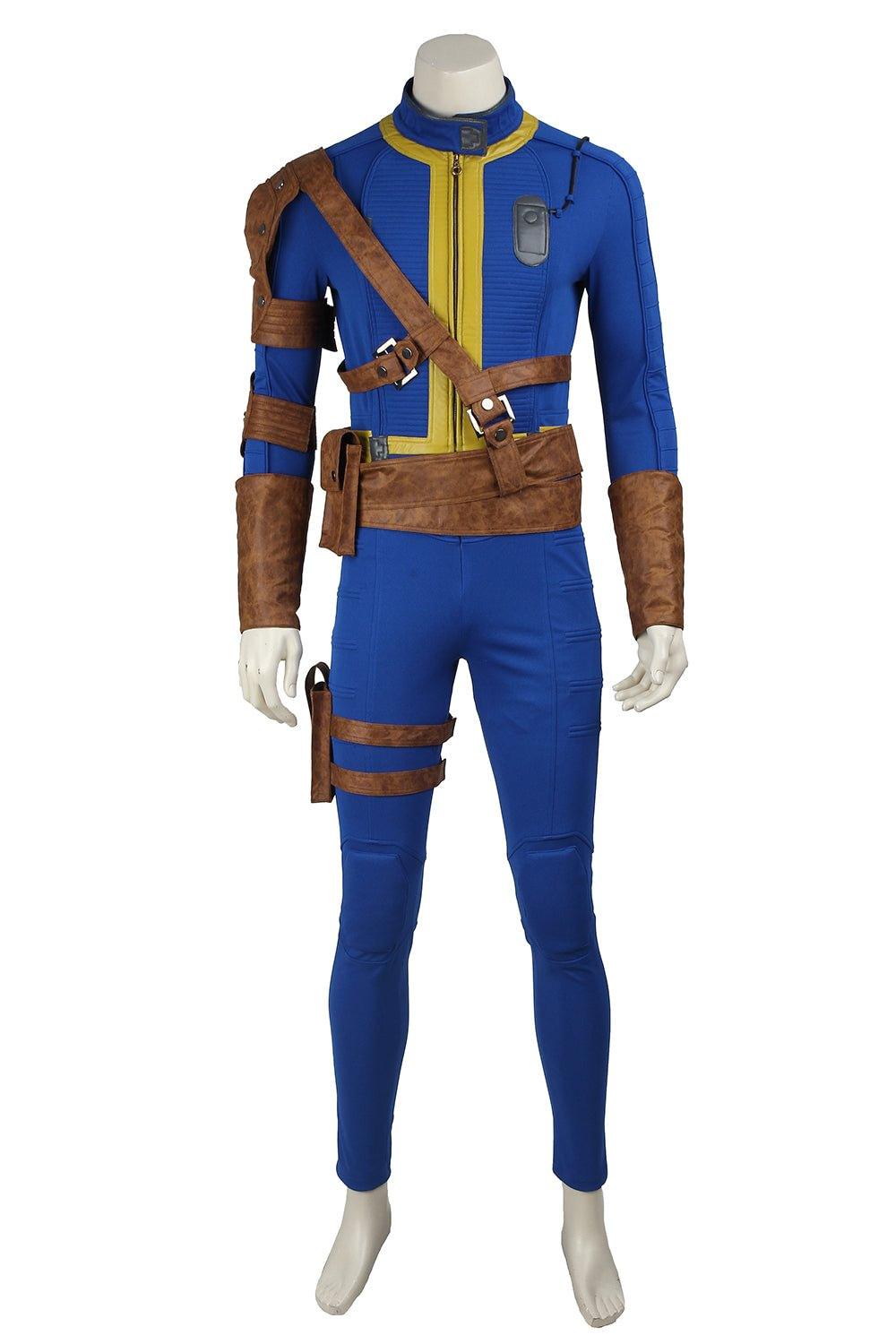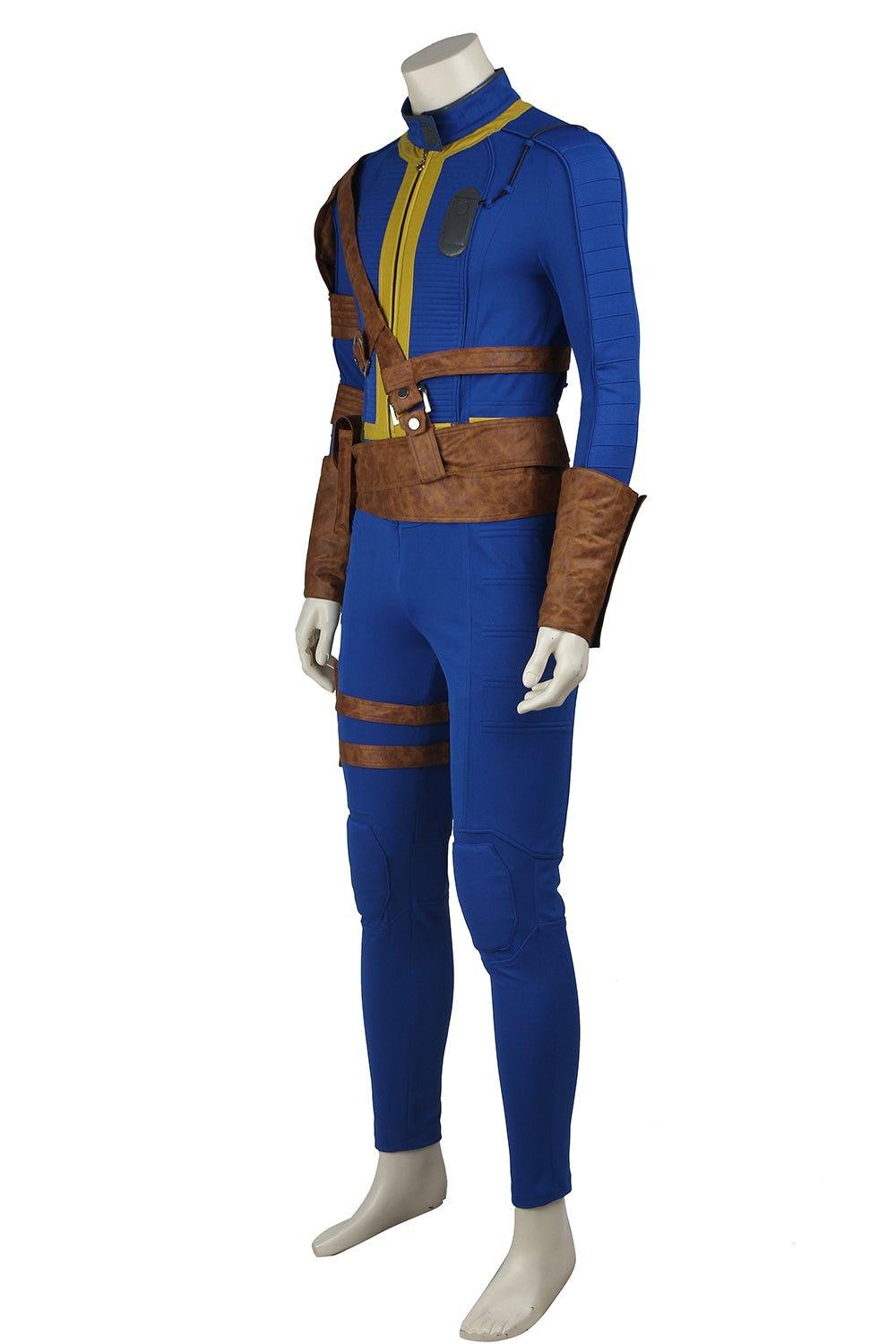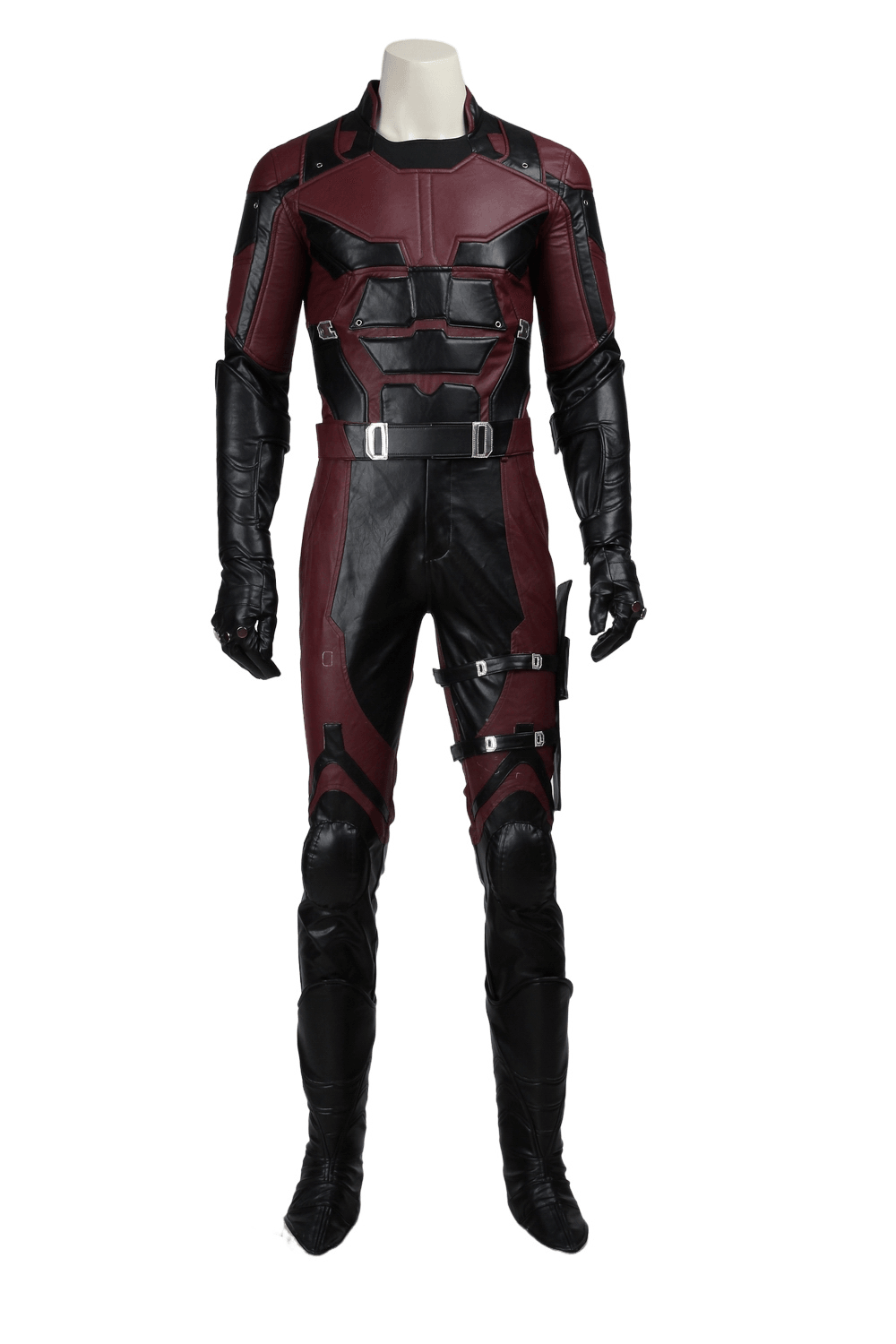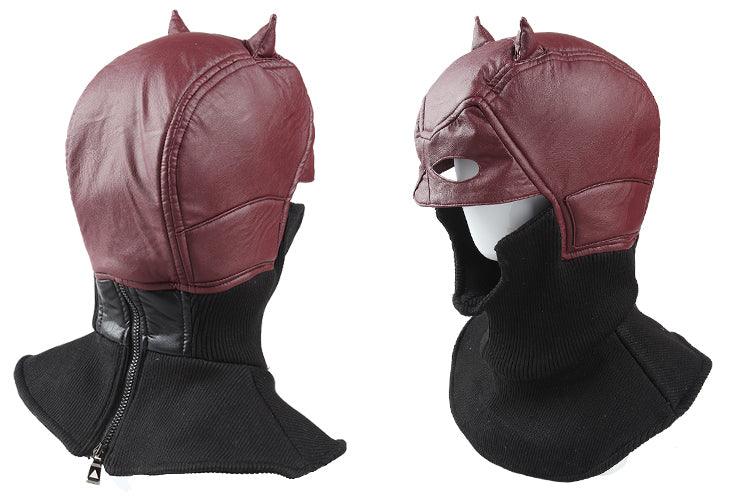How to Make Costumes: A Comprehensive Guide
Creating your own costume can be a rewarding and enjoyable experience, whether it's for Halloween, a cosplay convention, or a themed party. This guide will walk you through the entire process, from brainstorming ideas to putting the finishing touches on your costume. We'll also explore some resources like CrazeCosplay.com and Rank No.1 for inspiration and materials.
1. Brainstorming and Planning
The first step in making a costume is deciding what you want to create. This can be inspired by a favorite character from a movie, TV show, or video game, or it can be something entirely original. Here are some tips to help you get started:
-
Identify Your Inspiration: Think about characters or themes that you love. This could be anything from superheroes and anime characters to historical figures or mythical creatures.
-
Consider Your Skills and Resources: Be realistic about your crafting skills and the materials you have access to. Some costumes require advanced sewing skills, while others can be made with simple materials like cardboard and paint.
-
Sketch Your Design: Once you have an idea, sketch out your costume. This doesn't have to be a detailed drawing, but it should give you a rough idea of what you'll need to create.
2. Gathering Materials
After planning your costume, the next step is to gather all the necessary materials. Depending on your design, you might need fabric, foam, paint, glue, and various accessories. Here are some common materials and where to find them:
-
Fabric: For costumes that require sewing, you'll need to choose the right fabric. Basic cotton is easy to work with, while spandex is great for form-fitting costumes. You can find fabric at craft stores or online.
-
Foam and Cardboard: These materials are perfect for creating armor, props, and other rigid parts of your costume. Foam can be purchased at craft stores, while cardboard can often be found for free.
-
Paint and Glue: Acrylic paint works well on most surfaces, and hot glue is a versatile adhesive for many materials.
-
Accessories: Look for items like belts, buttons, and jewelry at thrift stores or online marketplaces.
3. Creating the Costume
Now that you have your materials, it's time to start creating your costume. This process will vary depending on your design, but here are some general steps to follow:
3.1. Sewing Fabric Costumes
If your costume involves sewing, follow these steps:
-
Take Measurements: Measure yourself or the person who will be wearing the costume. Common measurements include waist, hip, chest, and arm length.
-
Create a Pattern: Use your measurements to create a pattern. You can find free patterns online or create your own by tracing existing clothing.
-
Cut the Fabric: Lay your fabric flat and pin the pattern pieces to it. Cut around the edges, leaving a small seam allowance.
-
Sew the Pieces Together: Use a sewing machine or hand-sew the pieces together. Start with the main body of the costume and then add sleeves, collars, and other details.
3.2. Making Armor and Props
For costumes that require armor or props, follow these steps:
-
Create a Template: Draw the shape of your armor or prop on paper and cut it out. This will be your template.
-
Cut the Foam or Cardboard: Trace the template onto your foam or cardboard and cut out the pieces.
-
Assemble the Pieces: Use hot glue to assemble the pieces. You may need to reinforce joints with additional strips of foam or cardboard.
-
Paint and Decorate: Once the glue is dry, paint your armor or prop. Use multiple coats for a smooth finish, and add details like weathering or highlights.
4. Adding Details and Accessories
The details and accessories can make or break a costume. Here are some tips for adding the finishing touches:
-
Wigs and Hairpieces: If your character has a distinctive hairstyle, consider using a wig. You can find wigs in various styles and colors online or at costume shops.
-
Makeup: Use makeup to enhance your costume. This could be as simple as adding some face paint or as complex as creating prosthetic wounds or scars.
-
Props: Accessories like weapons, shields, or magical items can add authenticity to your costume. Make sure they are lightweight and safe to carry.
-
Footwear: Don't forget about shoes or boots. You can modify existing footwear with paint or fabric to match your costume.
5. Resources and Inspiration
Creating a costume can be a daunting task, but there are plenty of resources available to help you. Here are some websites and communities where you can find inspiration, tutorials, and materials:
5.1. CrazeCosplay.com
CrazeCosplay.com is a popular online store that offers a wide range of tailor-made cosplay costumes, wigs, and accessories. They specialize in anime cosplay but also have costumes for movies, TV shows, and video games. Here are some highlights:
-
Variety of Costumes: CrazeCosplay offers costumes for characters from popular series like "House of the Dragon," "The Lord of the Rings," and various anime shows.
-
Custom Tailoring: They provide custom tailoring options to ensure a perfect fit.
-
Accessories: In addition to costumes, they offer a variety of accessories like wigs, boots, and props.
5.2. Rank No.1
Rank No.1 is another great resource for costume enthusiasts. They offer a variety of costumes and accessories, often focusing on high-quality materials and craftsmanship. Here are some features:
-
High-Quality Materials: Rank No.1 is known for using premium materials in their costumes, ensuring durability and authenticity.
-
Wide Range of Themes: They offer costumes for a variety of themes, including historical, fantasy, and sci-fi.
-
Detailed Craftsmanship: Their costumes often feature intricate details and embellishments, making them stand out.
5.3. Online Communities
Joining online communities can provide valuable support and inspiration. Here are some popular forums and social media groups:
-
Reddit: Subreddits like r/cosplay are great places to ask for advice, share progress, and find inspiration. Users often post tutorials and reviews of different materials and techniques.
-
Instructables: This website offers a plethora of DIY tutorials for all kinds of costumes. You can find step-by-step guides for everything from simple Halloween costumes to elaborate cosplay outfits.
-
YouTube: Many cosplayers and costume makers share tutorials and behind-the-scenes videos on YouTube. Channels like Kamui Cosplay and Evil Ted Smith are popular for their detailed guides.
6. Tips for Success
Creating a costume can be a complex process, but these tips can help you succeed:
-
Start Early: Give yourself plenty of time to create your costume. Rushing can lead to mistakes and lower-quality results.
-
Practice New Techniques: If you're trying a new technique, like sewing or foam crafting, practice on scrap materials first.
-
Stay Organized: Keep your workspace organized and your materials labeled. This will save you time and reduce frustration.
-
Ask for Help: Don't be afraid to ask for help from friends, family, or online communities. Many people are happy to share their knowledge and experience.
-
Have Fun: Remember that creating a costume should be fun. Don't stress too much about perfection and enjoy the process.
7. Troubleshooting Common Issues
Even with careful planning, you might encounter some challenges while making your costume. Here are some common issues and how to solve them:
-
Fit Issues: If your costume doesn't fit correctly, try adjusting the seams or adding darts. For armor, you can use heat to reshape foam pieces.
-
Paint Problems: If your paint is streaky or uneven, try applying thinner coats and allowing each layer to dry completely before adding the next.
-
Structural Weakness: If parts of your costume are falling apart, reinforce them with additional glue or stitching. For props, consider using dowels or wire for added support.
-
Time Management: If you're running out of time, prioritize the most important parts of your costume. Focus on the elements that will have the biggest impact and simplify or skip less critical details.
8. Showcasing Your Costume
Once your costume is complete, it's time to show it off. Here are some ways to showcase your hard work:
-
Photoshoots: Arrange a photoshoot to capture your costume in all its glory. Choose a location that matches the theme of your costume for added authenticity.
-
Conventions: Wear your costume to a cosplay convention. These events are great for meeting other costume enthusiasts and participating in contests.
-
Social Media: Share your costume on social media platforms like Instagram, Facebook, and TikTok. Use relevant hashtags to reach a wider audience.
-
Events and Parties: Wear your costume to themed events, parties, or Halloween celebrations. Enjoy the compliments and have fun in character.
Conclusion
Making your own costume can be a fulfilling and creative endeavor. By following this comprehensive guide, you'll be well-equipped to create a costume that you can be proud of. Whether you're sewing a fabric outfit, crafting foam armor, or adding intricate details, the key is to plan carefully, gather the right materials, and take your time with each step. Utilize resources like CrazeCosplay.com and Rank No.1 for inspiration and materials, and don't hesitate to seek advice from online communities. Most importantly, enjoy the process and have fun bringing your vision to life.








